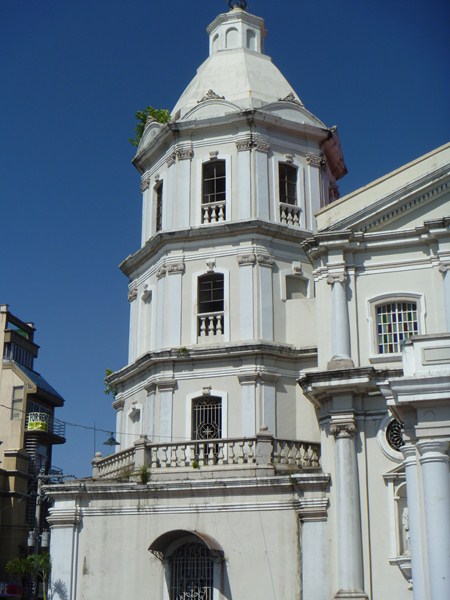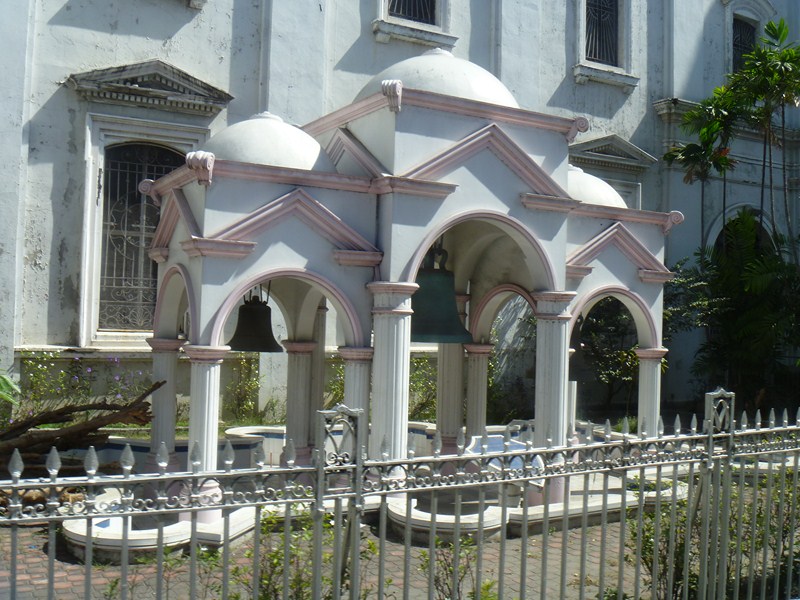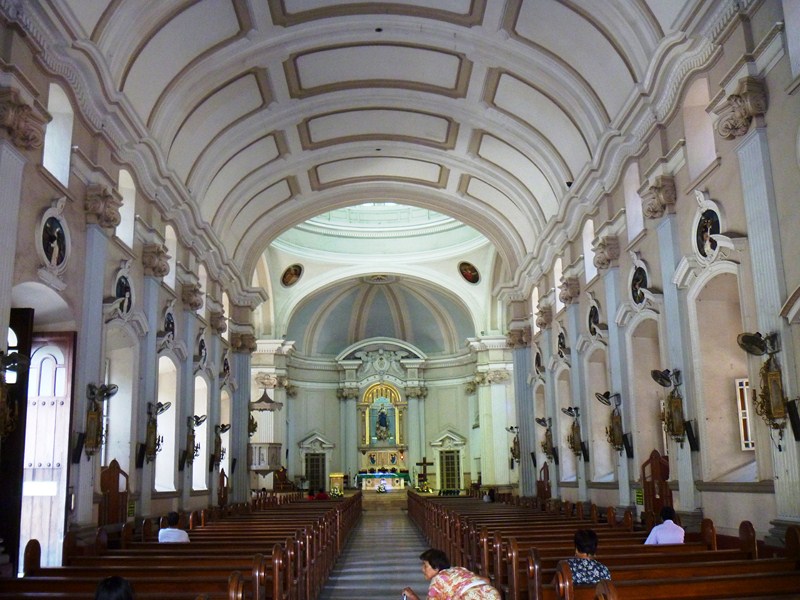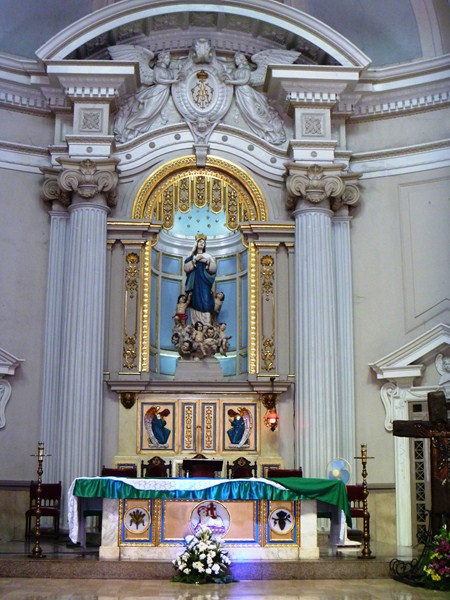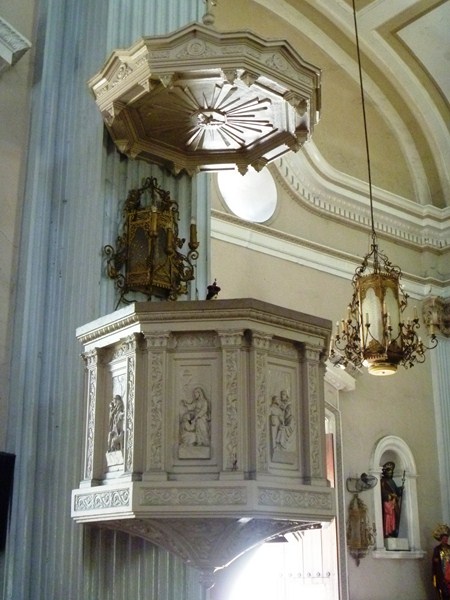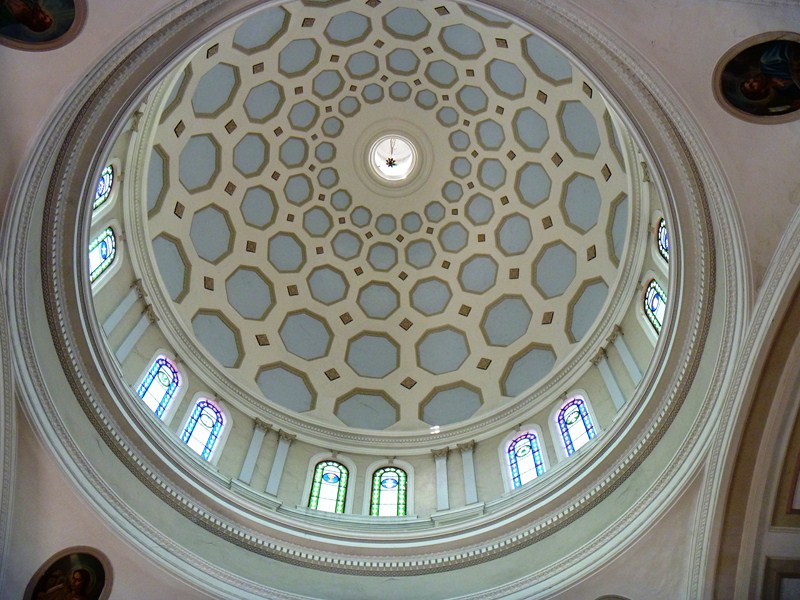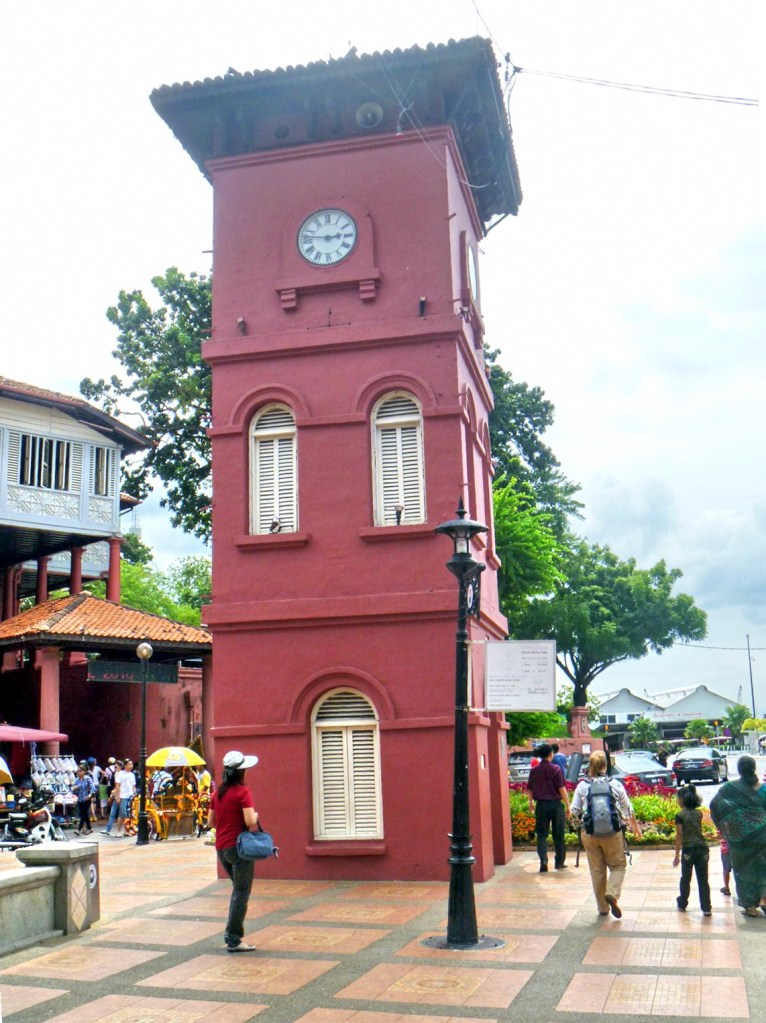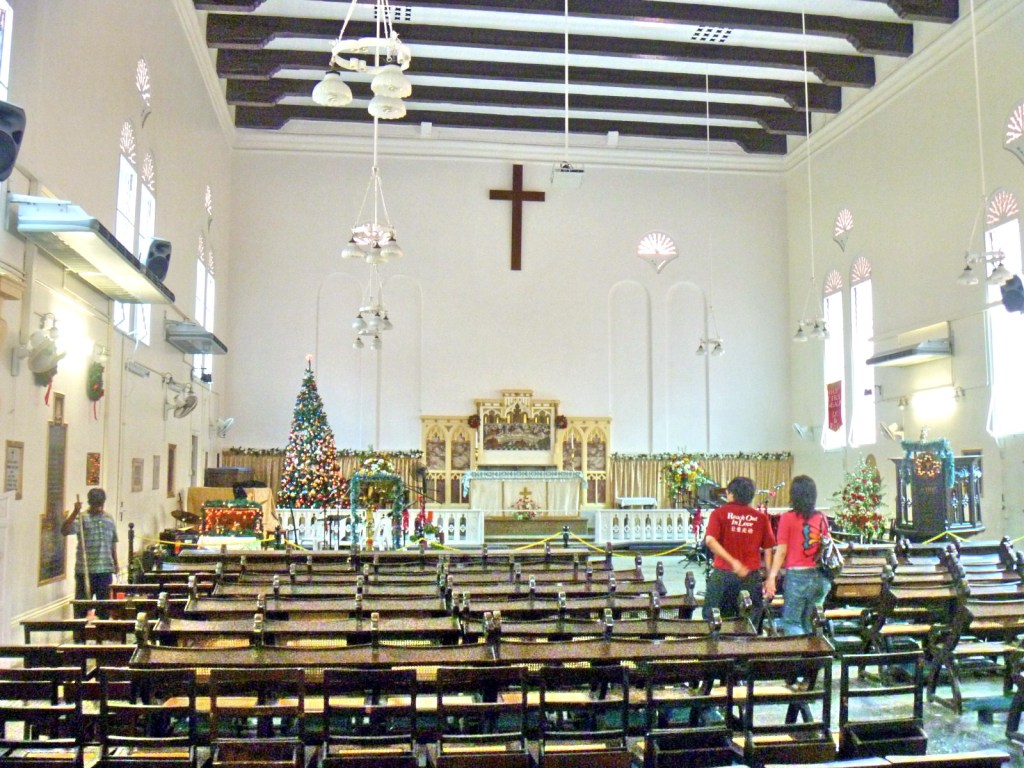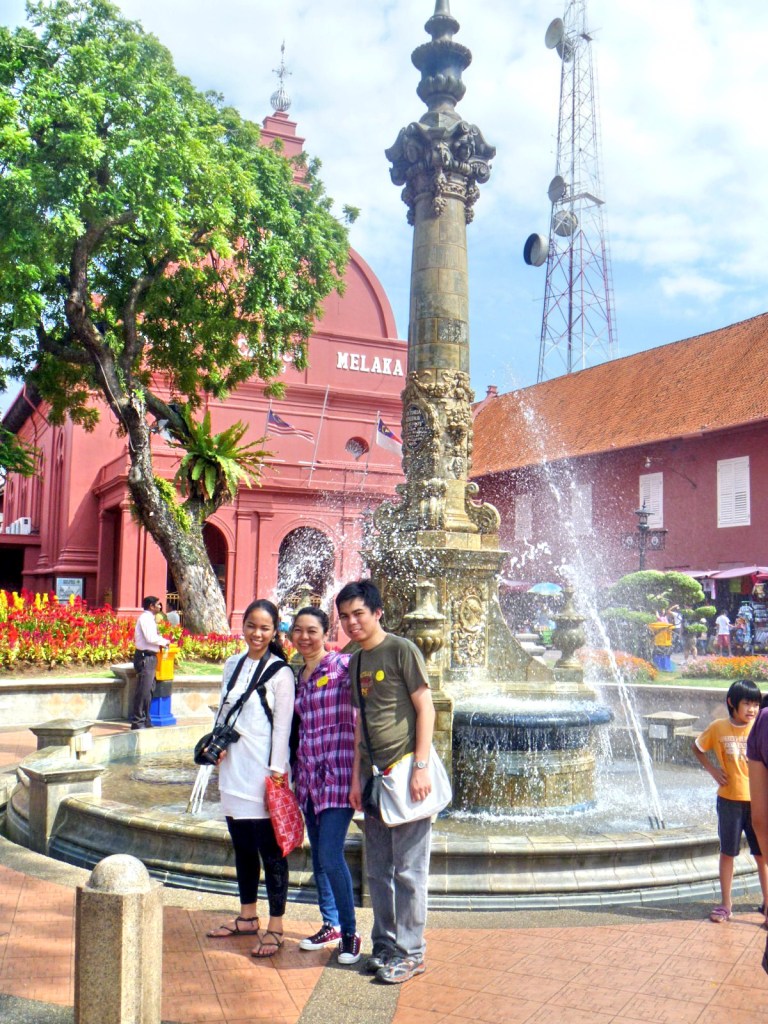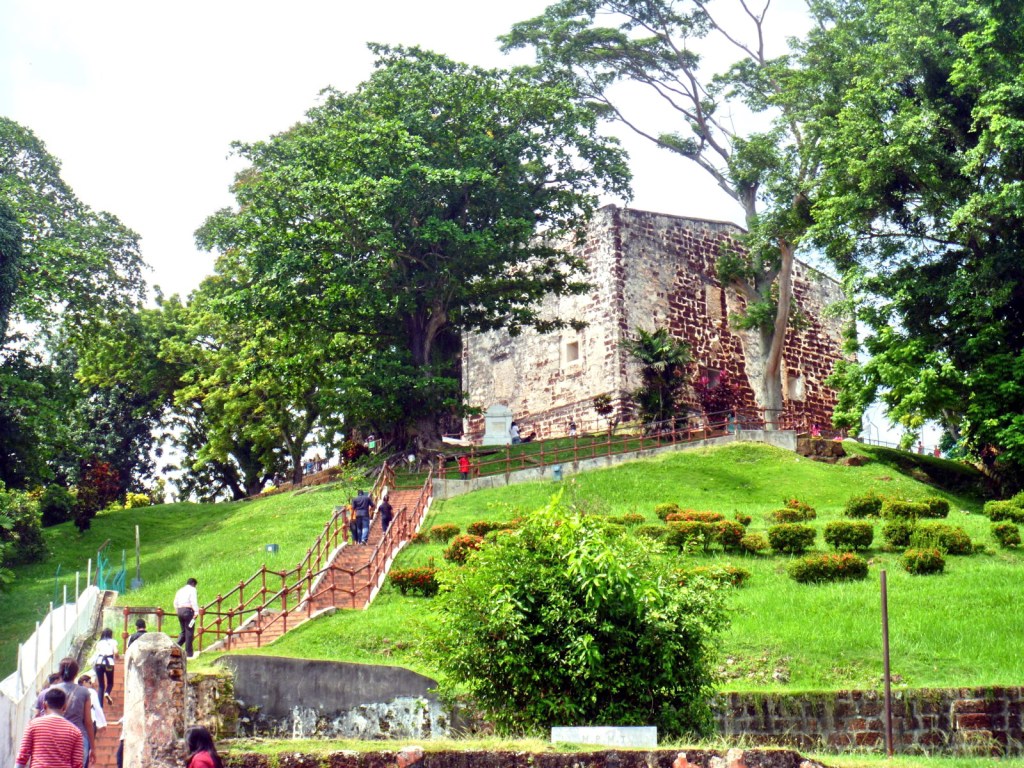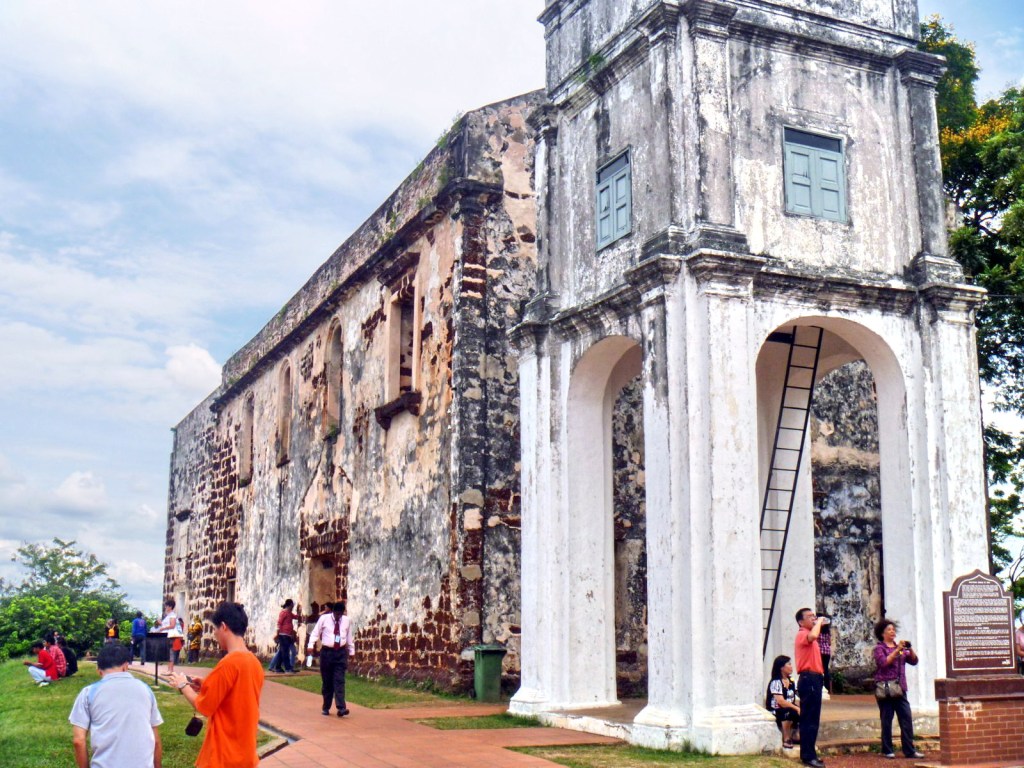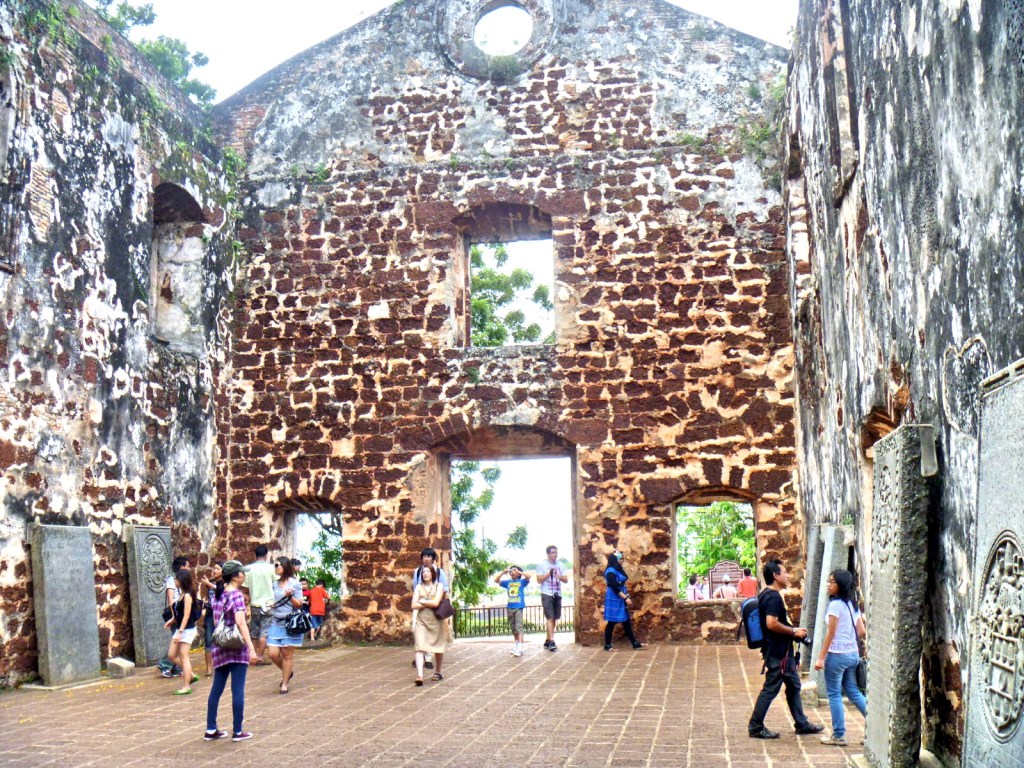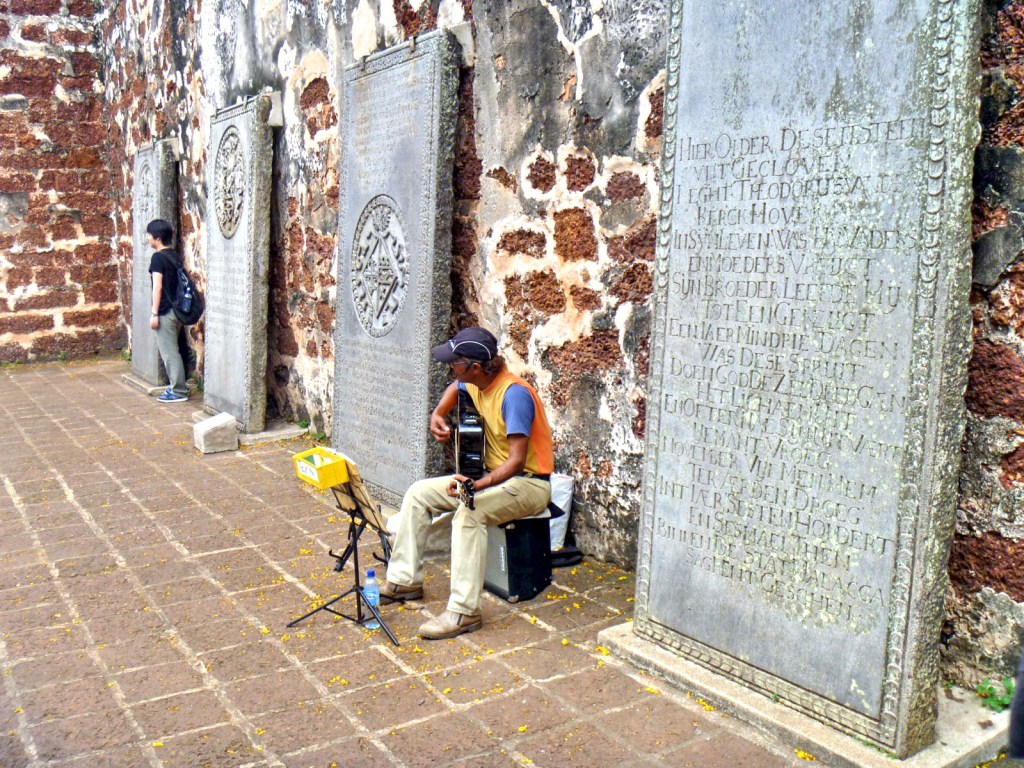| Church of St. Augustine |
After our delicious lunch at Cafe Herencia, we still had time to visit Paoay‘s most notable landmark, its Aztec-like Church of St. Augustine, situated near the banks of the Wawa River. This fortress-like church, a premier example of Philippine Earthquake Baroque architecture, has been declared a National Cultural Treasure for its architectural style and cultural value and was included in UNESCO’s World Heritage List in 1994. This will be my second time to visit the town, and the church for that matter, but it was only a stopover for photo ops and I never got to enter the church.
| The gracefully curving and flowing, scrolled stone buttresses |
Built from 1699 to 1702 by Augustinian Fr. Antonio Estavillo, the church was repaired in 1865 by Fr. Ruperto Rodriguez and Fr. Baldomero Real did major restoration work from 1889 to 1898. The church was officially inaugurated on February 18, 1896. The church has 24 2.5-m. thick, massive but gracefully curving and flowing scrolled stone buttresses that ballast the walls (found nowhere else in the country) and two exterior stone staircases (near the main altar transept) on both sides that reached the church’s roof. Its 1.67-m. thick coral block walls were faced with bricks and sealed with a particularly hard lime mortar mixed with sugar cane juice. The main nave, supported by 14 molave posts, is 60 m. long, 15 m. wide and 5.10 m. high. The transept is 7 m. high. The church’s unique two-level triangular facade, divided by horizontal string courses, combines Gothic, Baroque and Oriental (Indian Madjapahit) designs. The buttresses are Baroque features and the decorative pinnacles are reminiscent of Gothic architecture. Chinese elements are seen in the gable, while the crenellations and five niches (each with a large statue of a saint) topping the walls suggest Javanese influence.
| The church interior |
Inside is a 3-storey main altar and two side altars each fitted with gilded retablos. Over the wooden rail of the choir is a large wooden statue of Christ. Its intricately designed pulpit and a statue of the Holy Family where brought from Spain in 1891. Its separate three-storey, coral stone bell tower, was first built with 3.5-m. high wooden posts and three bells and enlarged from 1753 to 1756 by Fr. Tomas Torres with chopped 12 inch by 16 inch coral stones and molave braces put together. The main entrance door was installed in 1793 and five bells were installed by Fr. Jose Nieto in 1818. The bell tower was used as a watchtower by Katipuneros in 1898 and by local guerillas during the Japanese occupation.





